Watch the video on YouTube: https://youtu.be/WVbsDSlczCA
This antique Spanish gramophone or phonograph is a piece of exceptional rarity and elegance, manufactured around 1920 by the prestigious César Vicente company, based at Paseo de Gracia nº 4 in Barcelona. It is a tabletop model with an imposing design and strong decorative character, representing the splendor of early 20th-century musical devices. The case, crafted in solid mahogany, displays a satin finish that enhances the nobility of the wood. Its wavy contour, with stepped and sinuous moldings, demonstrates the refined cabinetmaking of the era, where craftsmanship met the bourgeois taste for refined and functional objects.
The large external horn, also made of wood, gives the set a sculptural and majestic presence. Its dark reddish finish not only contrasts with the chrome shine of the metal tonearm, but also enhances the visual warmth of the piece, evoking the elegance of 1920s salons. The tonearm holds an original Maestrophone soundbox, with inscriptions referring to branches in Milan, Paris, and the U.S.A., a clear indication of the international reach of this reproduction technology.
On the front of the case, the original brass plate remains intact, reading “Máquinas Parlantes César Vicente, Paseo de Gracia 4 – Barcelona,” (Talking Machines César Vicente) a highly prized detail of authenticity for collectors. The double-spring motor retains all its original parts and works perfectly, ensuring not only its value as a collectible but also its enjoyment as a fully functional musical machine. The only non-original element is the green turntable felt, which was replaced because the original was in very poor condition. Everything else is original from the period.
The phonograph has been carefully restored, respecting its original components and reviving its aesthetic strength. Without doubt, this is a phonograph that not only delivers music but also conveys history and artisanal tradition. It is perfect for any lover of musical antiques, whether as a centerpiece in a collection or as a striking decorative object in a refined home. Moreover, it embodies the cultural heyday of Barcelona in the early 20th century, when recorded music became an essential part of social life.
A unique piece that captivates not only for its beauty but also for its historical value and its potential as an investment in high-quality musical antiques. Don’t miss the opportunity to own a phonograph that unites craftsmanship, technology, and cultural memory in one object.
Measurements: Horn length 65 cm (25.59 in), horn diameter 55.5 cm (21.85 in). Case: 45 × 45 cm (17.72 × 17.72 in). Case height: 23 cm (9.06 in).
History of the César Vicente Musical Machines House
The “Casa de Aparatos Musicales César Vicente” (César Vicente Musical Machines House) was a Spanish firm active in the first decades of the 20th century, with headquarters in Barcelona and a branch in Madrid. In Barcelona it advertised from Paseo de Gracia nº 4, while in Madrid it operated at Montera Street, nº 22 or 24 according to press references. The company, owned by César Vicente, specialized in selling pianolas, barrel organs, phonographs, and accessories, as well as records and music rolls.
In advertisements from 1921, the house already appeared as a distributor of “La Voz de su Amo” (His Master’s Voice), the famous international brand of records and phonographs, reflecting its commercial relevance and the quality of its offerings. By the mid-1920s it also acted as agent for foreign labels such as Fonotipia, Odeón, or Gramófono, importing into Spain the latest musical releases.
Its activity was not limited to sales: César Vicente actively contributed to the modernization of musical entertainment in Spain. Through its phonographs and organs, it equipped cafés, salons, and homes with the devices that transformed music listening in everyday life. Newspapers from the 1920s and 30s document its constant presence in disc advertising, offering everything from fox-trots and danzones to patriotic songs after the proclamation of the Republic in 1931.
Although it did not reach the industrial dimension of the great European companies, it became a key player in the dissemination of recorded music in Spain, operating for at least two decades. After the Civil War, its name disappeared from press and catalogs, likely marking the closure of the firm. Today, pieces bearing the César Vicente name, such as this magnificent phonograph, remain a valuable testimony to the cultural and commercial dynamism of interwar Spain.
We are professional antique dealers. To see more photos of this item, Please click on this link:
https://www.antiguedades.es/en/antique-gramophones/5317-antique-cesar-vicente-phonograph-mahogany-wood-barcelona-spain-circa-1920.html


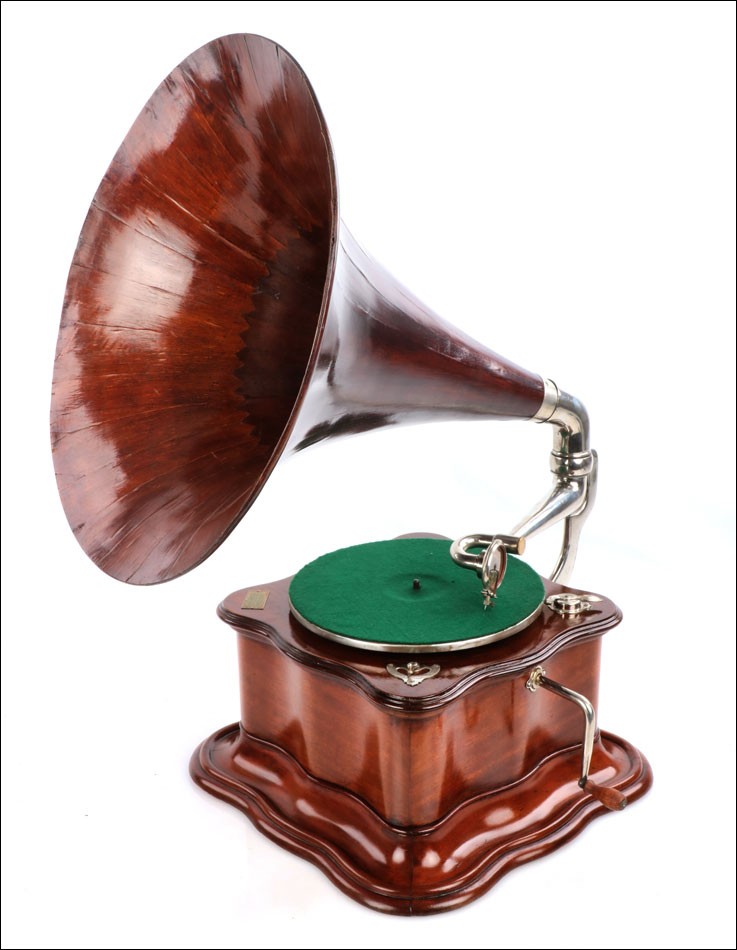
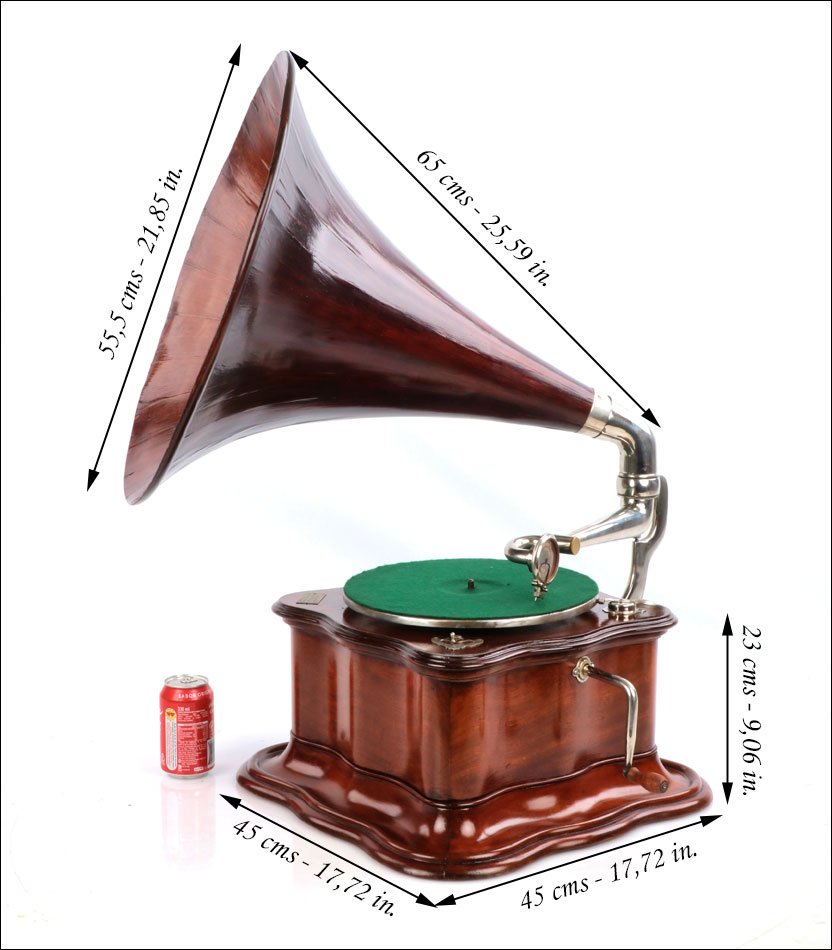
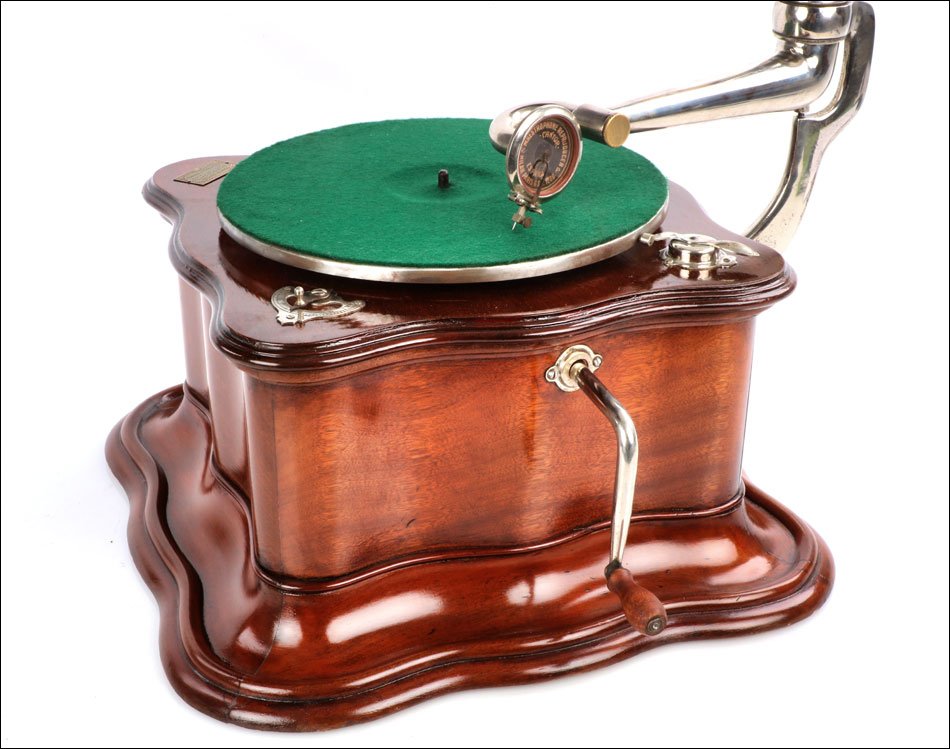
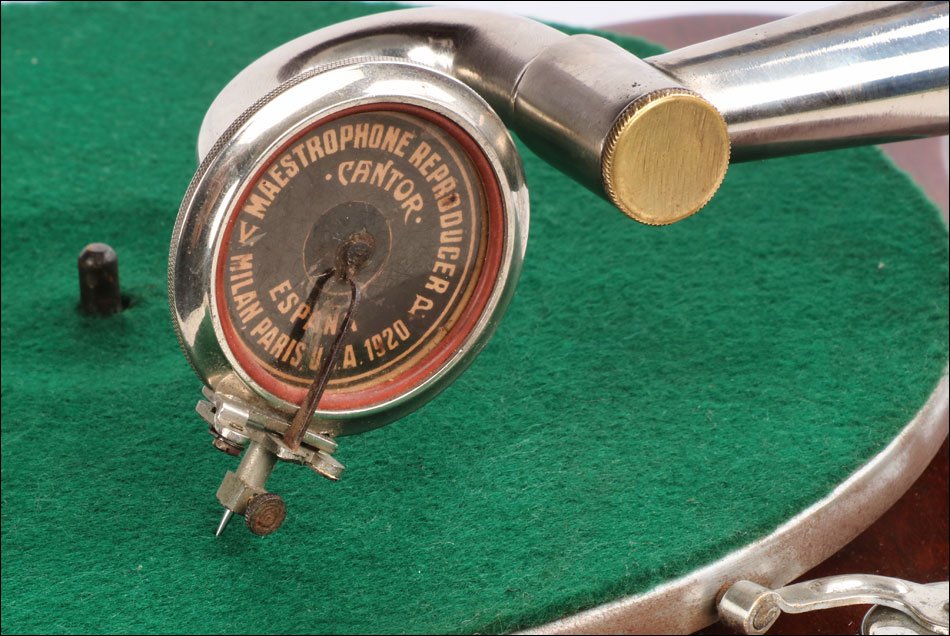

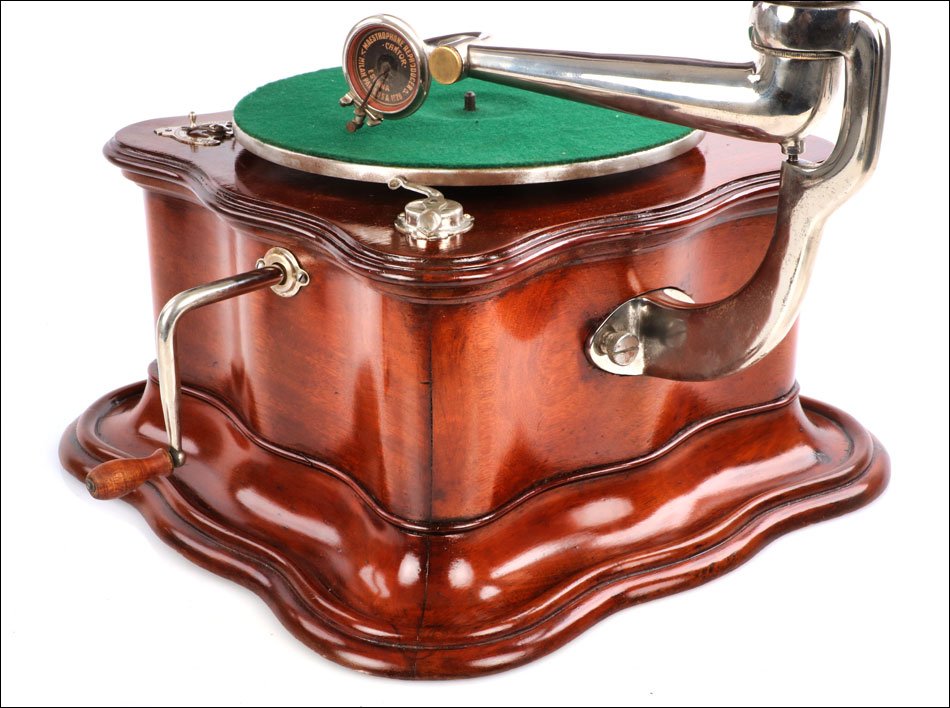

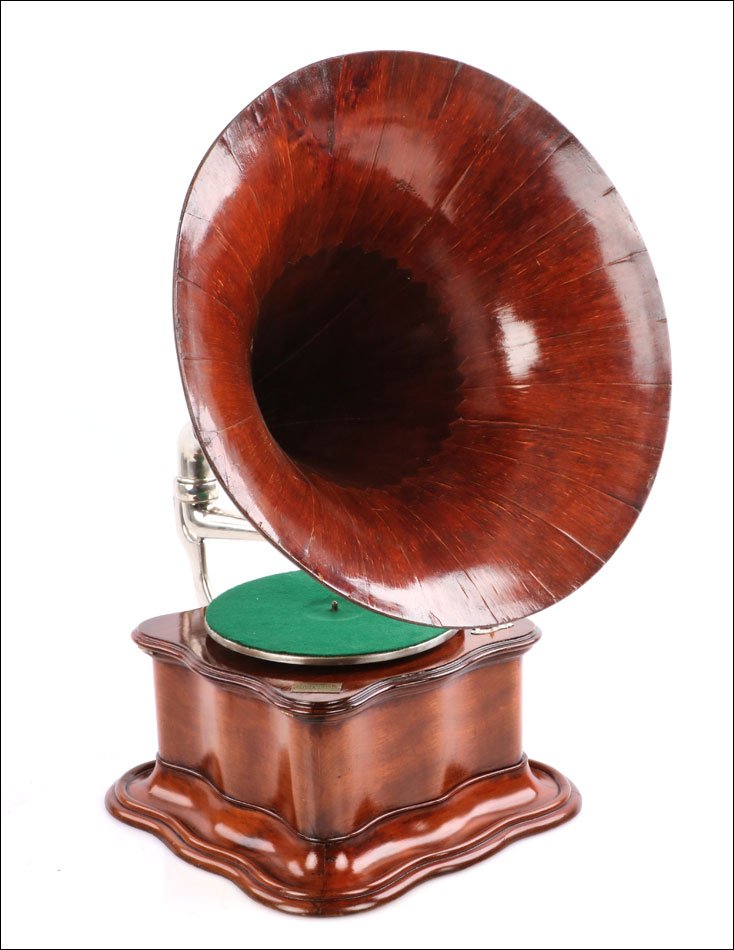


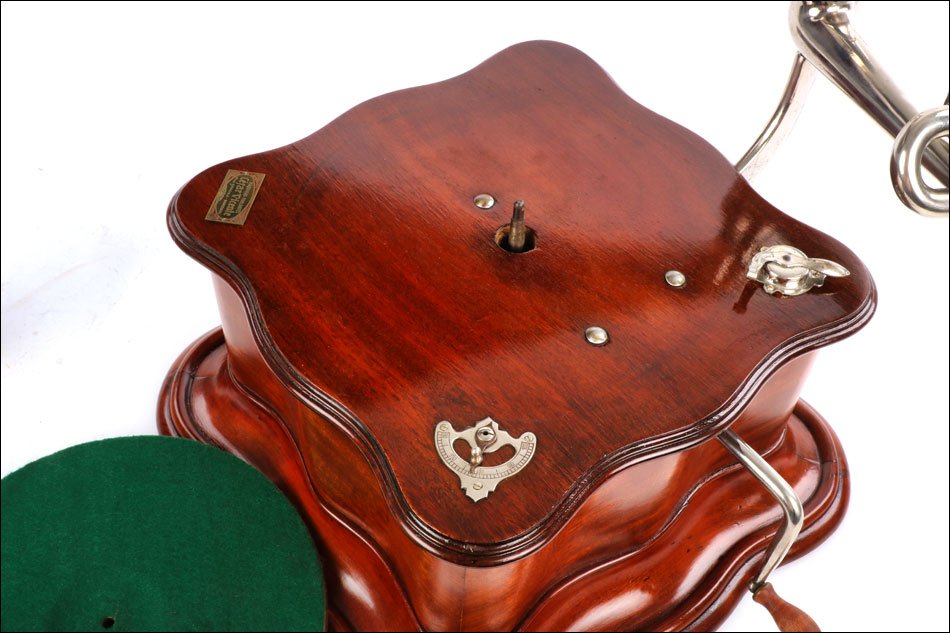














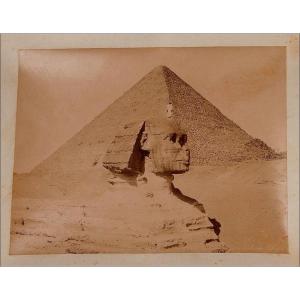








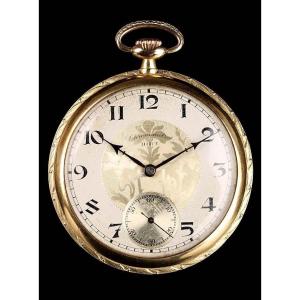


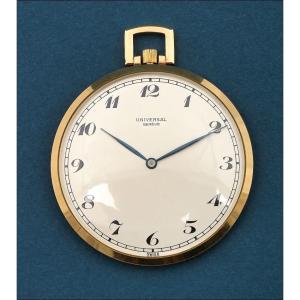


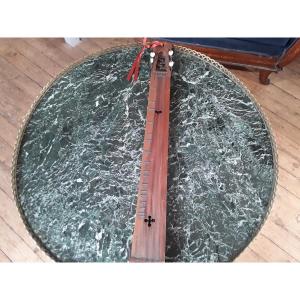


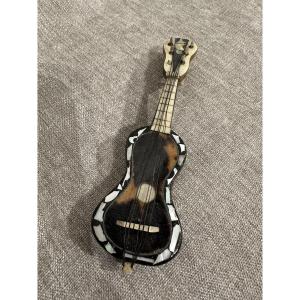



 Le Magazine de PROANTIC
Le Magazine de PROANTIC TRÉSORS Magazine
TRÉSORS Magazine Rivista Artiquariato
Rivista Artiquariato